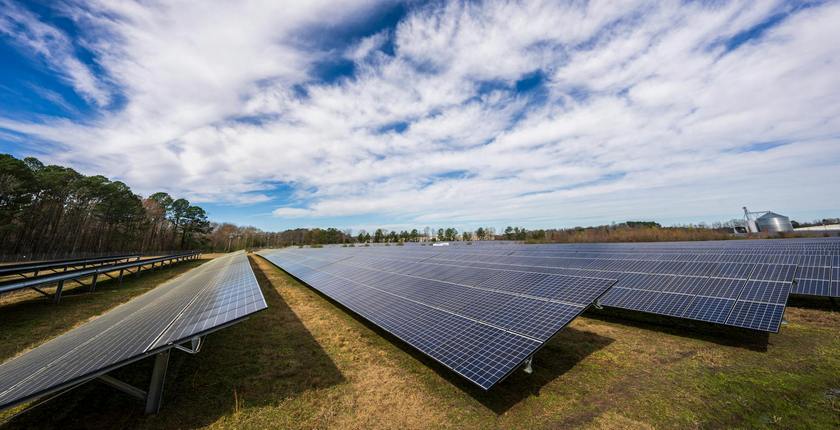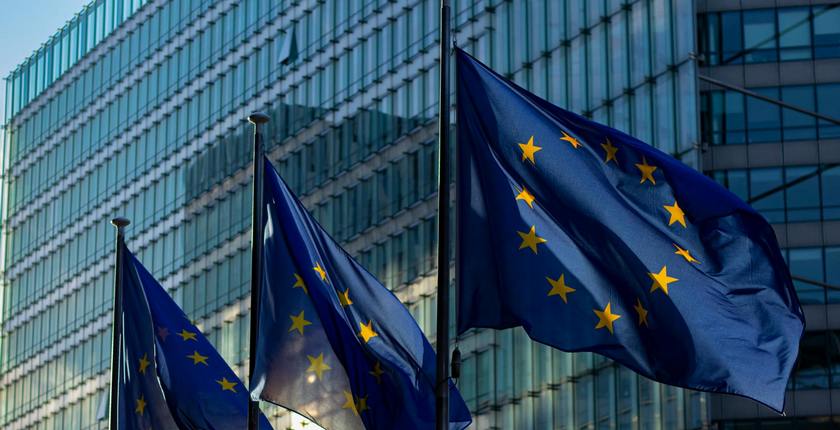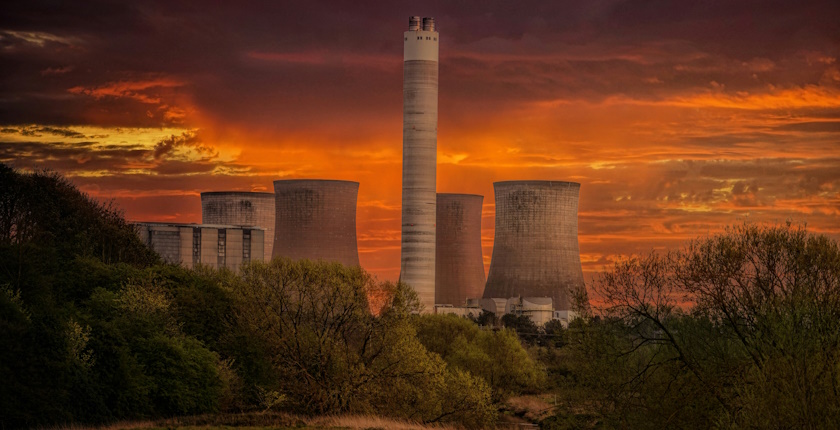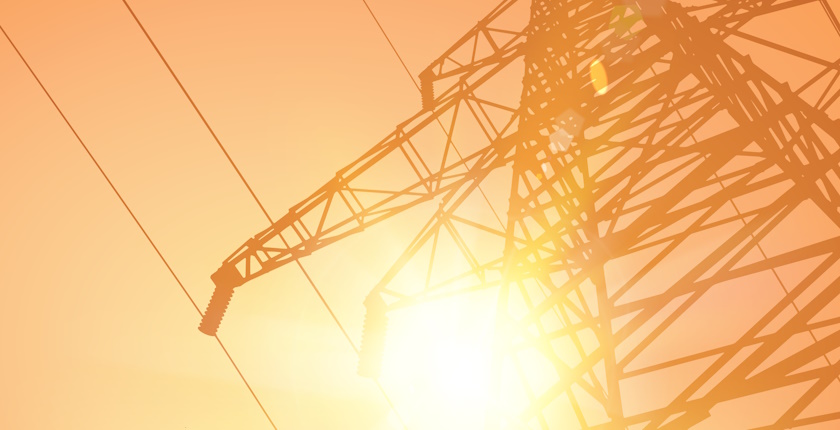
Croatian firm ENNA takes over 87.5 MW solar project in Romania
Croatian energy company ENNA Solar, part of ENNA Group, has signed an agreement with Austria-based Kraftfeld Energy to acquire an 87.52 MW ready-to-build solar power plant project in Romania.
ENNA Solar plans to start construction in the third quarter of 2025, with the solar power plant expected to be fully operational and connected to the grid by the third quarter of 2026, according to a press release from the Croatian company.
“The investment, valued at around EUR 60 million, represents our first large-scale project outside of Croatia and one of our biggest green energy production investments to date,” said Boštjan Napast, President of the Management Board of ENNA Group.
The plant is expected to generate an average of 133 GWh a year
The solar power plant will be built in Giurgiu county, near the town of Mihăilești, 25 kilometers southwest of Bucharest. It would cover an area of 93 hectares, approximately the size of 130 football fields, ENNA stated. Its expected average annual electricity output is 133 GWh.
In the site’s close vicinity, Israel-based Nofar is building the 146 MW Ghimpați solar power plant, while the locations for its 169 MW Iepurești plant and 74 MW Slobozia facility are nearby as well.
Austria’s Kraftfeld Energy, which developed the Mihăilești project, owns and operates solar farms and energy storage systems in several European countries, primarily Romania, Hungary, Croatia, and Austria.
The investment in the solar power plant in Romania aligns with ENNA Group’s 10-year development plan, which includes investments totaling EUR 330 million in solar in Croatia and abroad, according to the press release.
ENNA also develops wind farms, geothermal projects, and battery storage systems
In addition to solar, ENNA also invests in wind farms, battery storage systems, and geothermal energy projects. It already has around 50 MW of completed renewable energy projects or projects in an advanced stage of readiness, as well as approximately 350 MW in various stages of development.
In the geothermal sector, ENNA has two active geothermal power plant projects in Croatia, with a capacity of 20 MW and 15 MW, respectively, representing a total investment of EUR 240 million.





